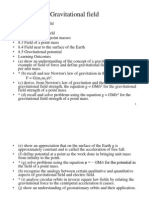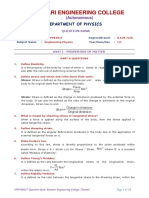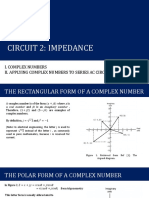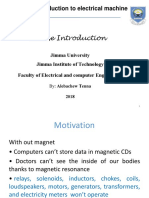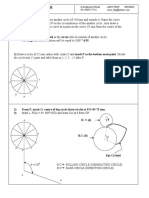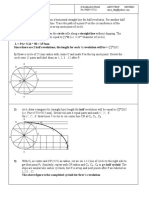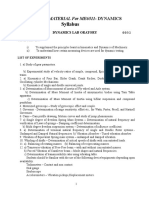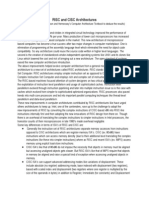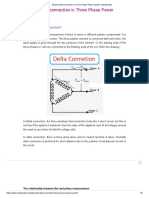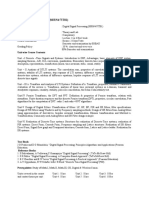0% found this document useful (0 votes)
525 views3 pagesEE61 Power System Analysis
This document contains an internal assessment test for a power system analysis course. The test contains two parts covering short circuit analysis and symmetrical components. Part A of each section contains 10 multiple choice or short answer questions testing key concepts. Part B includes longer word problems applying short circuit and symmetrical component analysis to calculate fault currents in various power system configurations with generators, transformers and transmission lines. The problems require applying techniques like Z-bus matrix and sequence network analysis. Overall, the test assesses students' understanding of fault analysis and symmetrical components, which are important tools for power system planning and protection.
Uploaded by
Martin De Boras PragashCopyright
© © All Rights Reserved
We take content rights seriously. If you suspect this is your content, claim it here.
Available Formats
Download as DOC, PDF, TXT or read online on Scribd
0% found this document useful (0 votes)
525 views3 pagesEE61 Power System Analysis
This document contains an internal assessment test for a power system analysis course. The test contains two parts covering short circuit analysis and symmetrical components. Part A of each section contains 10 multiple choice or short answer questions testing key concepts. Part B includes longer word problems applying short circuit and symmetrical component analysis to calculate fault currents in various power system configurations with generators, transformers and transmission lines. The problems require applying techniques like Z-bus matrix and sequence network analysis. Overall, the test assesses students' understanding of fault analysis and symmetrical components, which are important tools for power system planning and protection.
Uploaded by
Martin De Boras PragashCopyright
© © All Rights Reserved
We take content rights seriously. If you suspect this is your content, claim it here.
Available Formats
Download as DOC, PDF, TXT or read online on Scribd
/ 3

